Belmont Enslaved Cemetery
The largest cemetery for enslaved people in Loudoun County was almost lost to history, if not for the research of a minister.
Just east of Leesburg, Virginia, next to a heavily trafficked six-lane highway, is a plot of overgrown and scrubby wooded land that went unnoticed for years by passersby. That is until Reverend Michelle C. Thomas took notice while delving into Loudoun County land records researching potential building sites for her church. She discovered that the parcel of land had been a burial ground for the Belmont and Coton plantations’ enslaved populations.
Constructed between 1796 and 1802, the plantations owned by Ludwell Lee and the Thomas Ludwell Lee families were on land now occupied by a private country club, a luxury resort, a medical research campus, and affluent suburban housing developments. The Lee families were cousins of Confederate General Robert E. Lee and were among the most powerful families in Virginia throughout the American Civil War. Their plantations held some of the largest populations of enslaved people in Loudoun County. A tract of undesirable and otherwise unusable land between the neighboring Lee plantations was set aside for their burials. The burial ground dates back to the early 1800s and is believed to be the largest cemetery of its kind in the county.
After decades of disuse and neglect, the cemetery almost entirely disappeared. Over the years, construction work impinged on and eroded the plot of land. In the 1950s, the property’s owner attempted to solve a flooding and drainage problem by digging a large pond in an area believed to include graves. The dry, excavated pond bed is still visible at the site. It may never be determined how many souls were interred at Belmont, but it’s assumed that more than 80 enslaved people were buried in the cemetery. Unfortunately, almost half the graves were destroyed by the pond excavation and other construction projects.
On October 11, 2015, the previously untended enslaved graveyard was reclaimed as sacred ground and dedicated as a burial site. Finally, in 2017 after two years of protracted legal wrangling, the site’s commercial developer donated the 2.75-acre parcel of land containing the cemetery to the Loudoun Freedom Center, thereby ensuring its upkeep and preservation. The non-profit organization, whose goal is preserving Black heritage, turned the 600-square foot cemetery into a historic site of contemplation, study, honor, and remembrance.
Called the “Journey to Freedom Heritage Trail,” a 400-foot-long, wood-framed and gravel-paved walkway leads visitors through the cemetery. Leaves and debris no longer cover the rows of graves identified by aligned subsidence depressions in the ground. Rough, pointy field stones still protrude from the ground to mark the graves. The weathered rocks bear no names or dates, but stand as silent testimonials to the people whose graves they mark—formerly enslaved people who endured untold hardships, and whose memory was almost lost to history.






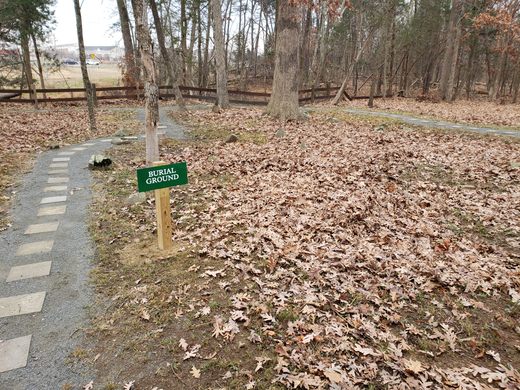






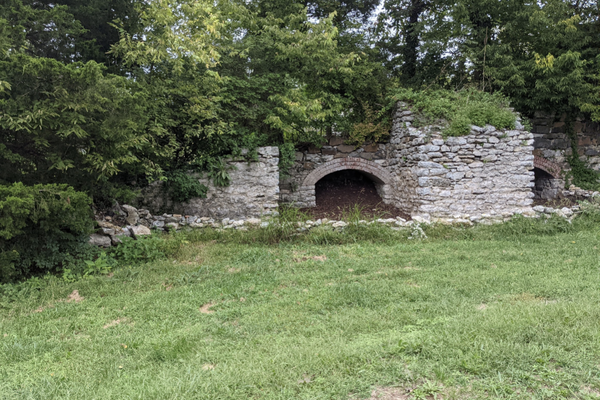



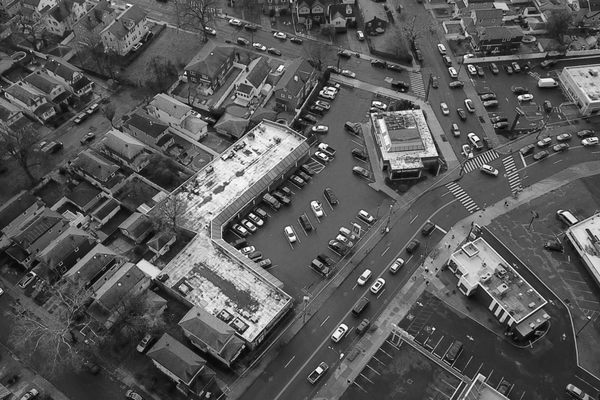
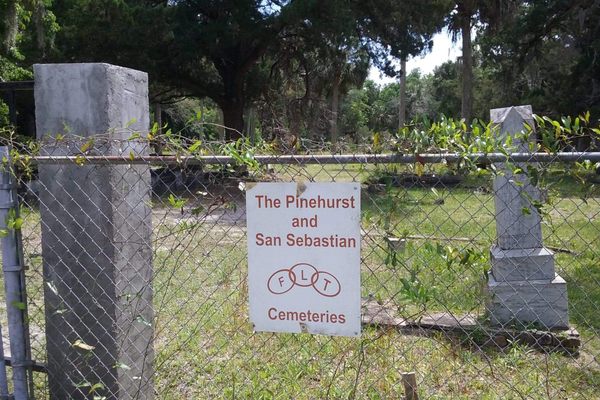
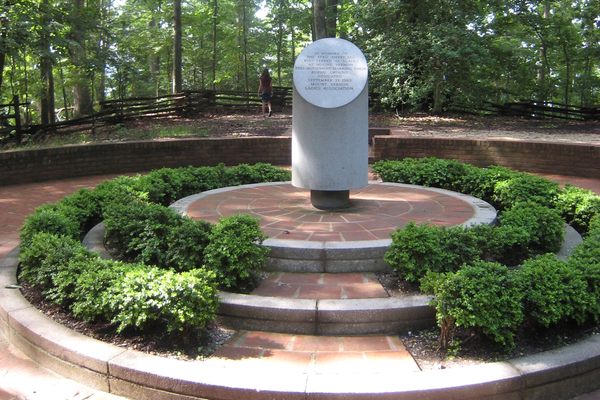
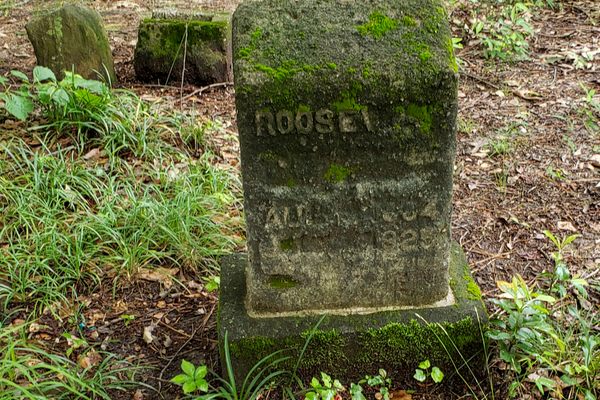
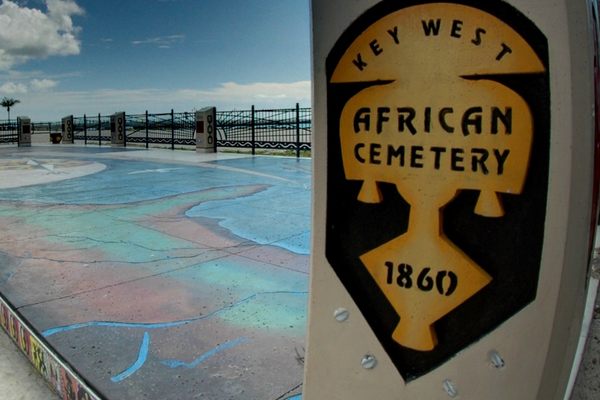

Follow us on Twitter to get the latest on the world's hidden wonders.
Like us on Facebook to get the latest on the world's hidden wonders.
Follow us on Twitter Like us on Facebook